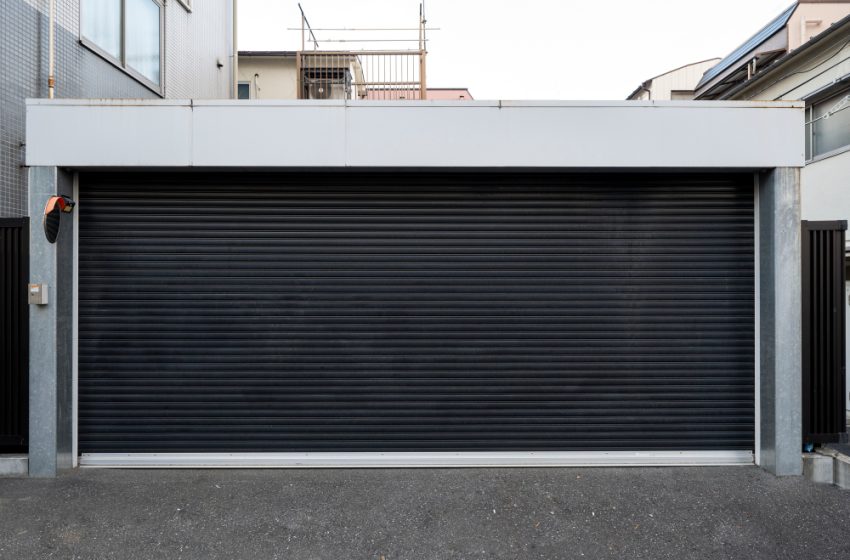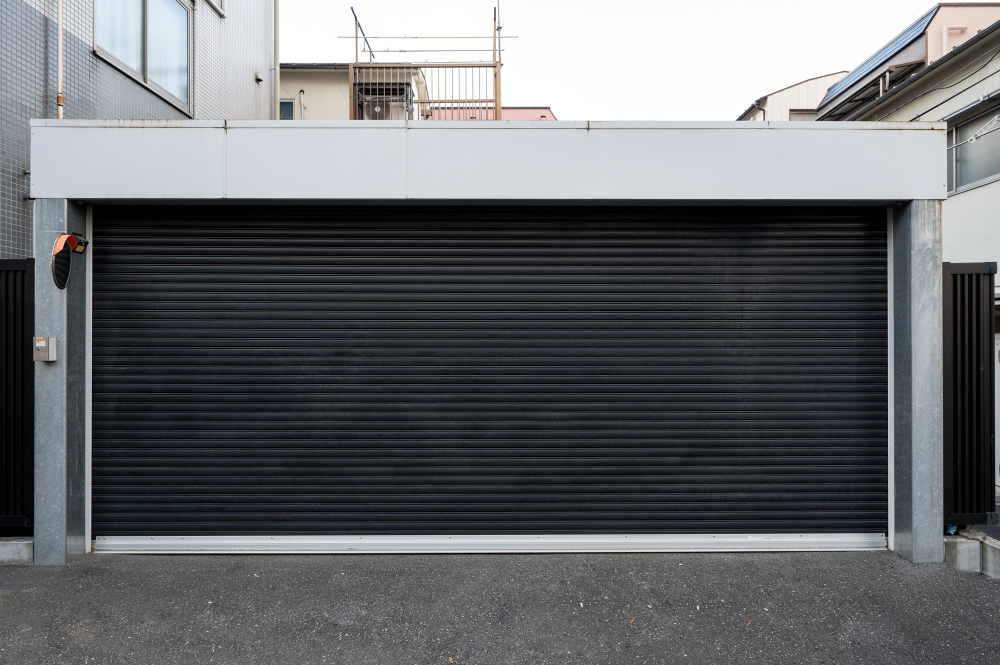Signs It’s Time to Replace Your Garage Door

Your garage door plays a vital role in your home’s functionality, security, and curb appeal. While regular maintenance can extend its lifespan, no garage door lasts forever. Knowing when it’s time to replace your garage door can save you from costly repairs, safety risks, and inefficiencies. Here are the key signs that indicate it may be time to upgrade your garage door.
1. Frequent Repairs
If you’re calling the repair technician every few months, it’s a clear sign that your garage door is nearing the end of its lifespan.
- What to Watch For: Constant issues with springs, cables, tracks, or the opener.
- Why Replace? The cost of repeated repairs can add up to more than the price of a new door.
2. Excessive Noise or Vibration
Garage doors should operate smoothly with minimal noise. If yours makes grinding, screeching, or rattling sounds, it could indicate serious underlying problems.
- What to Watch For: Unusual noises even after lubrication, or visible shaking when opening or closing.
- Why Replace? Worn-out parts and poor alignment can compromise the door’s functionality and safety.
3. Visible Damage or Wear
Over time, your garage door can develop cracks, dents, rust, or warping. These issues not only affect its appearance but can also compromise its structural integrity.
- What to Watch For:
- Cracks or splits in wooden doors.
- Rust or corrosion on metal doors.
- Panels that sag or no longer align properly.
- Why Replace? Severe damage can weaken the door, making it less secure and less efficient.
4. Poor Energy Efficiency
An old or poorly insulated garage door can lead to higher energy bills, especially if your garage is attached to your home.
- What to Watch For:
- Drafts or noticeable temperature differences in the garage.
- Doors without insulation or with worn-out weather stripping.
- Why Replace? Modern, insulated garage doors can improve energy efficiency and keep your garage comfortable year-round.
5. Outdated Appearance
Your garage door is one of the first things people notice about your home. If it looks outdated or doesn’t match your home’s aesthetic, it might be time for an upgrade.
- What to Watch For: Faded paint, outdated design, or a mismatched look with your home’s exterior.
- Why Replace? A new garage door can dramatically boost your home’s curb appeal and value.
6. Safety Concerns
Garage doors can pose a safety risk if they no longer function properly. Malfunctioning parts can cause the door to suddenly fall or fail to close securely.
- What to Watch For:
- Broken springs or cables.
- Doors that don’t stay open or close fully.
- Non-responsive safety sensors.
- Why Replace? Modern doors come equipped with advanced safety features to protect your family and property.
7. Lack of Modern Features
Older garage doors often lack the convenience and security features of modern systems.
- What to Watch For:
- No remote or smartphone compatibility.
- Lack of safety sensors or rolling code technology.
- Why Replace? Upgrading to a modern garage door with smart features improves security, convenience, and energy efficiency.
8. Your Door Is Over 15 Years Old
The average lifespan of a garage door is 15 to 30 years, depending on the material and maintenance. If your door is approaching or exceeding this range, it may be time to consider a replacement.
- What to Watch For: Age-related wear, even if the door is still functional.
- Why Replace? An older door is more likely to fail, lack efficiency, and be incompatible with modern systems.
9. Rising Utility Bills
If you’ve noticed a steady increase in your energy bills, your garage door might be the culprit. Poor insulation or drafts can affect your home’s heating and cooling efficiency.
- What to Watch For:
- Cold air entering your garage in winter or hot air in summer.
- Uneven indoor temperatures if your garage is attached to the house.
- Why Replace? Energy-efficient garage doors can lower utility costs and improve overall comfort.
10. Persistent Operational Issues
A garage door that doesn’t open or close properly is more than just an inconvenience—it’s a sign of wear and tear.
- What to Watch For:
- Delayed response to the opener.
- Doors that get stuck halfway.
- Inconsistent movement during operation.
- Why Replace? Persistent issues may indicate irreparable damage to the door’s mechanism or structure.
Benefits of Replacing Your Garage Door
Upgrading your garage door comes with several advantages:
- Enhanced Curb Appeal: Modern designs and finishes can make your home look more attractive.
- Improved Energy Efficiency: Insulated doors help regulate temperature and reduce energy bills.
- Increased Security: Advanced locks and technology deter intruders.
- Greater Convenience: Smart features like smartphone integration make daily use seamless.
- Higher Property Value: A new garage door can increase the resale value of your home.
Final Thoughts
Recognizing the signs that it’s time to replace your garage door can save you from costly repairs and enhance your home’s overall functionality, safety, and aesthetic appeal. If you’ve noticed any of the issues above, consult a professional garage door installer to explore your options and find the perfect replacement for your home.


